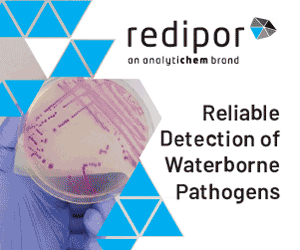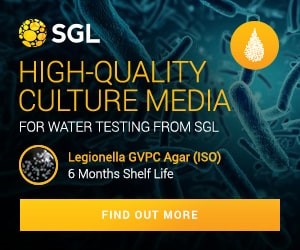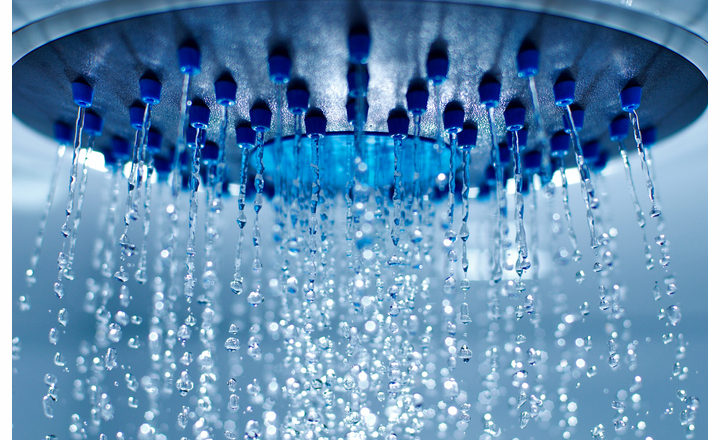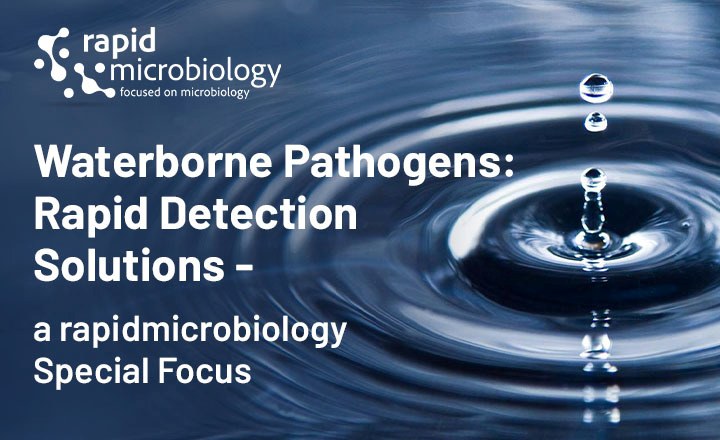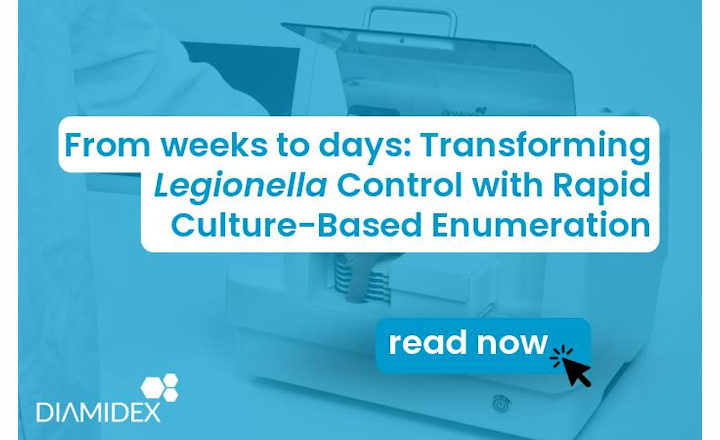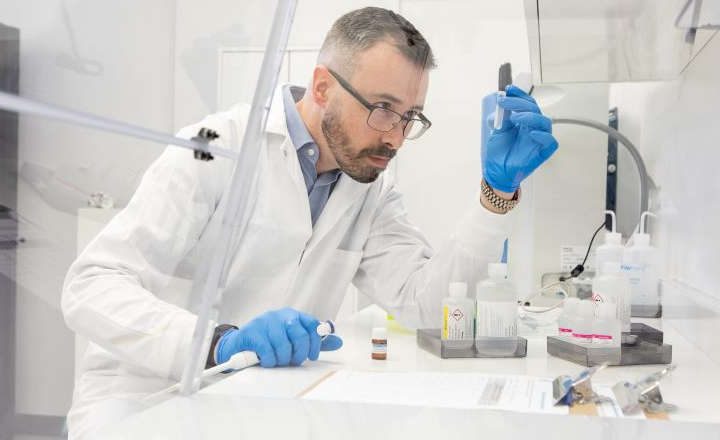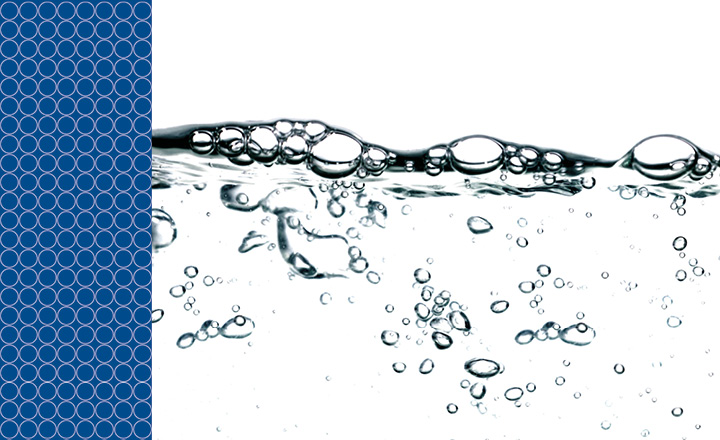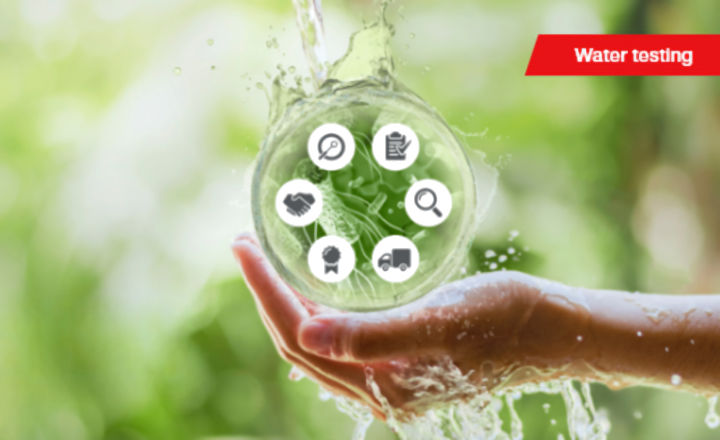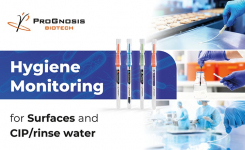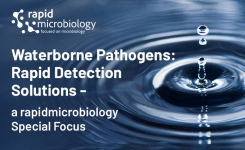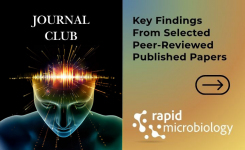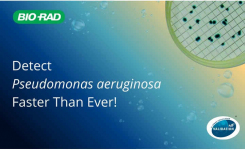- Legionella surveillance in healthcare water systems is a cornerstone of infection-prevention programs, particularly where older and immunocompromised patients are involved.
- ISO 11731:2017 outlines multiple culture-based methods but affords significant flexibility in their application
- This study demonstrates how method choice directly affects detection sensitivity and emphasizes the need for evidence-based standardization within the ISO framework.
- The findings underscore that relying on a single technique can underestimate contamination risk, whereas targeted combinations improve reliability.
Key findings: 120 of 276 hot water hospital water samples were contaminated as follows: 97 with L. pneumophila alone, 15 with L. anisa alone, 7 with L. pneumophila and L. anisa, and 1 with L. geestiana.
Different methods assessed singularly or in combination included:
A) direct plating 1 mL, BCYE medium;
B) concentration and elution with membrane filter, BCYE medium, acid treatment;
C) concentration and elution with membrane filter, BCYE medium, heat treatment;
D) concentration and elution with membrane filter, GVPC medium, acid treatment;
E) concentration and elution with membrane filter, GVPC medium, heat treatment; and
F) filtration 10 mL, GVPC medium.
- Single-method sensitivity ranged from 34%–76%.
- The best-performing single method involved concentration + heat + GVPC
- Combining three complementary methods captured 84% – 98% of positives; combining all six methods detected 100%.
- Heat was superior to acid in reducing competing flora and increasing recovery.
- GVPC (glycine–vancomycin–polymyxin–cycloheximide) agar consistently outperformed BCYE for selectivity and sensitivity.
- Techniques involving membrane concentration and elution were more sensitive than direct plating or simple filtration.
- Substantial inter-method variation reinforces the importance of standardized procedural selection for clinical and environmental surveillance.
Bigger picture: The results provide actionable data to guide laboratories toward a strategic, multi-method approach to Legionella testing - favoring membrane filtration, heat pre-treatment, and GVPC media for optimal recovery. This evidence supports refining ISO 11731:2017 implementation and could inform regulatory or accreditation updates requiring harmonized method selection. In hospital and long-term-care environments, where Legionnaires’ disease poses significant mortality risk, the study’s recommendations enhance both diagnostic sensitivity and public-health protection.
Reference:
1. Grandbastien et al. (2025). “Legionella detection and enumeration in water samples by ISO 11731-2017: which method is the most sensitive?” Applied and Environmental Microbiology, 0:e01147-25.
(Image Credit: iStock/sandsun)




